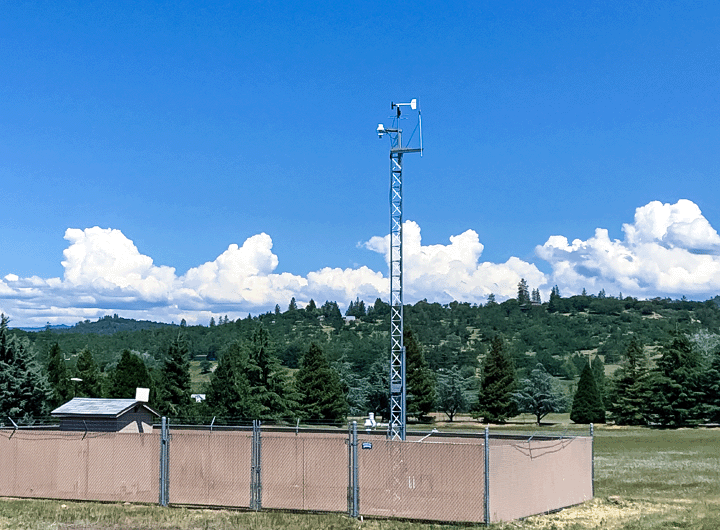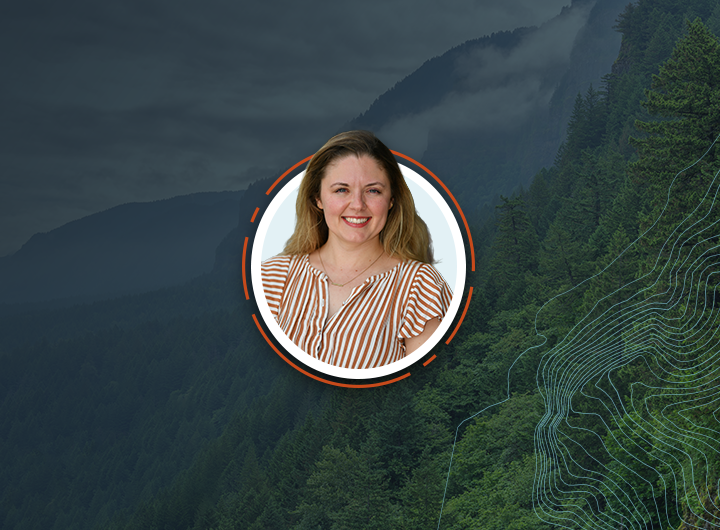In the News
Environmental Remediation Nearing Completion for New Portage Bay Park
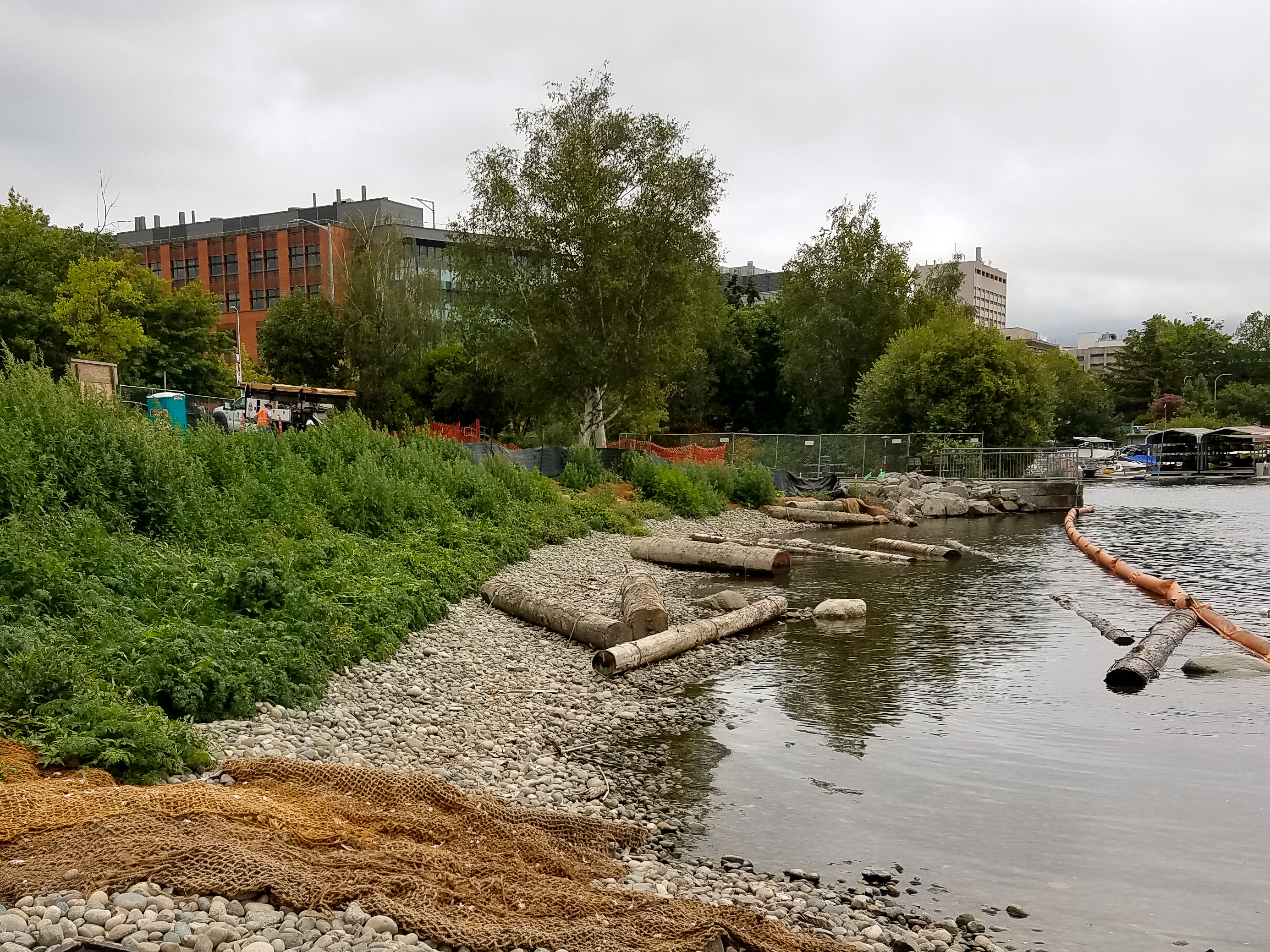
The MFA team is wrapping up environmental remediation oversight for what will soon be Fritz Hedges Waterway Park, a new green space along Portage Bay on Lake Union in Seattle’s University District. The park is expected to be open to the public in early 2020 and will provide a range of recreational options for the neighborhood, as well as provide restored shoreline habitat for wildlife.
Since the early 1900s, the park site housed a number of industrial operations that contaminated the site, including a lumber mill, wood-box manufacturing plant, dry cleaner, auto shop, and boat manufacturer. The industrial contamination of the site requires a variety of terrestrial and aquatic environmental remediation efforts in order to ensure the protection of human health once the park is open.
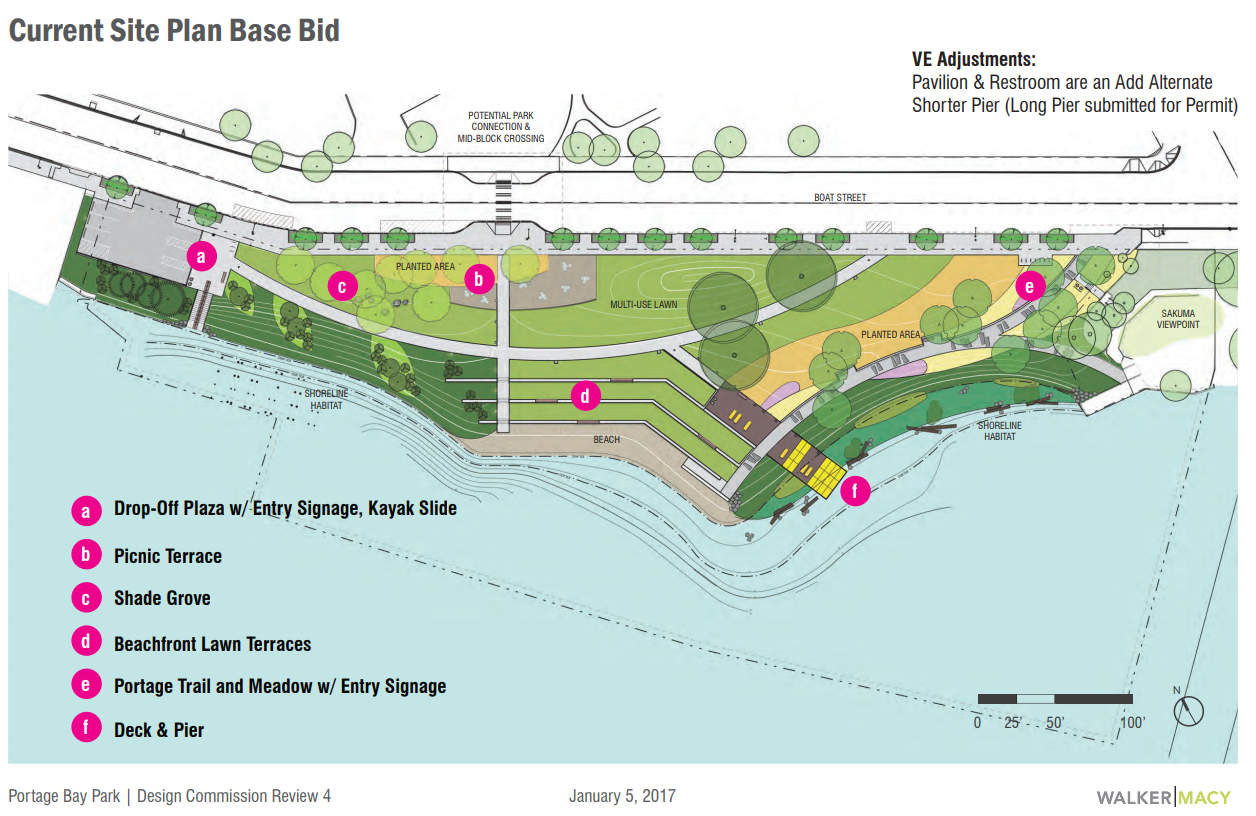
In 2015, MFA began conducting on-site remedial investigations to accurately characterize the impacts of the contamination and understand potential risks to human health and the environment. We sampled soil, groundwater, sediment, and pore water and evaluated the results relative to appropriate cleanup levels, identified areas of concern, and proposed remedial alternatives. Based on the data, we created a remediation design plan and handed it over to the construction contractor to implement. Some MFA-recommended remediation actions that were implemented on the site include:
- A permeable reactive barrier wall—a subsurface wall that treats chlorinated solvents in groundwater.
- Excavated “hot spot” material treated and stabilized on site, reducing the need to truck in fill to construct the park.
- A clean soil cap to prevent direct exposure to contaminants and eliminate human health risk to park users.
- Remediation along the shoreline with fish mix—a rock mixture that enhances aquatic habitat and stabilizes the shoreline against waves.
Once all remediation actions are complete, we will conduct performance monitoring to ensure that all remedies are successful.
Learn more about the park on the City of Seattle’s Parks and Recreation website.
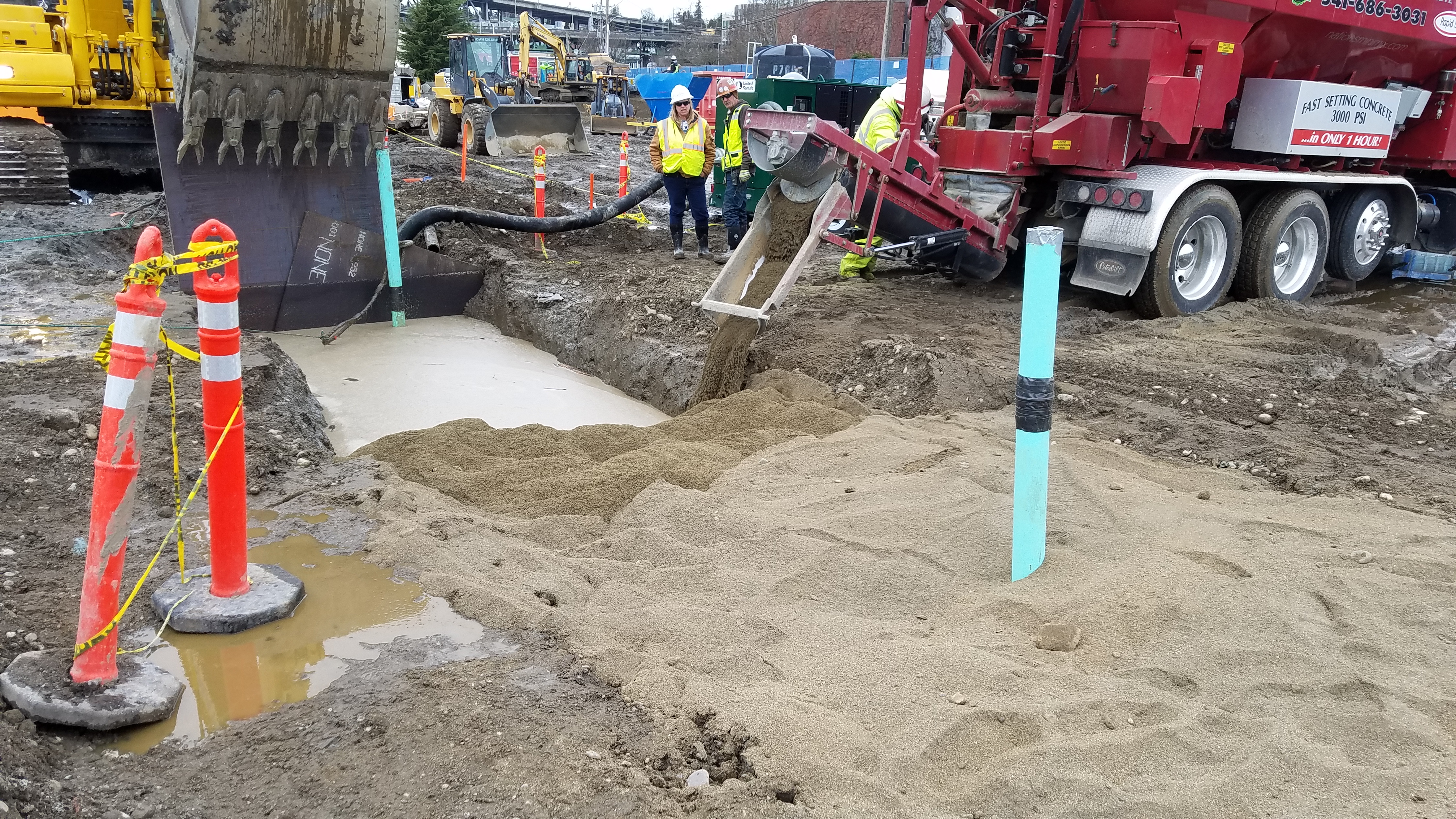
Placing the permeable reactive barrier wall—a blend of sand and zero-valent iron.
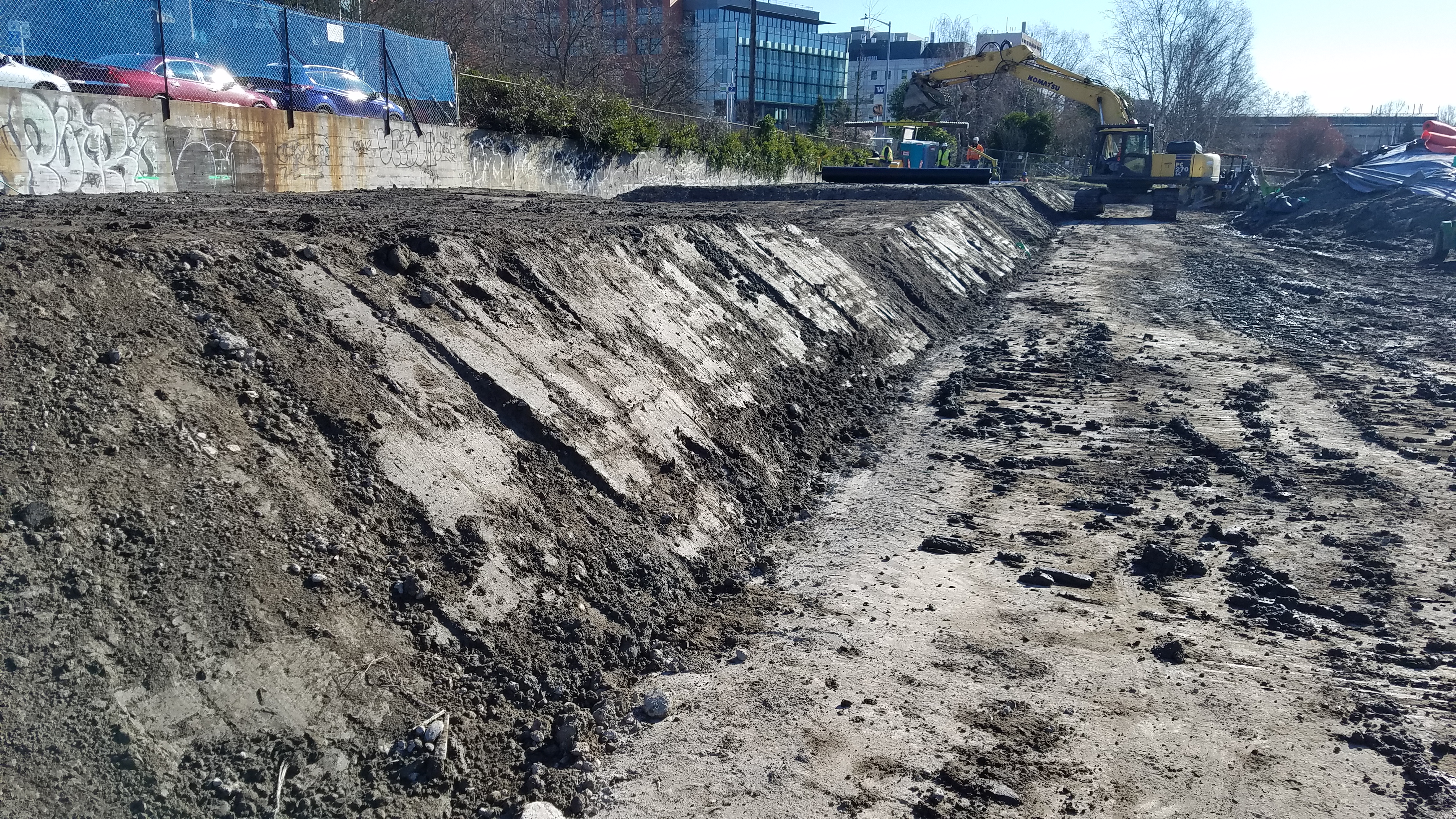
Stabilized material ready for onsite fill.
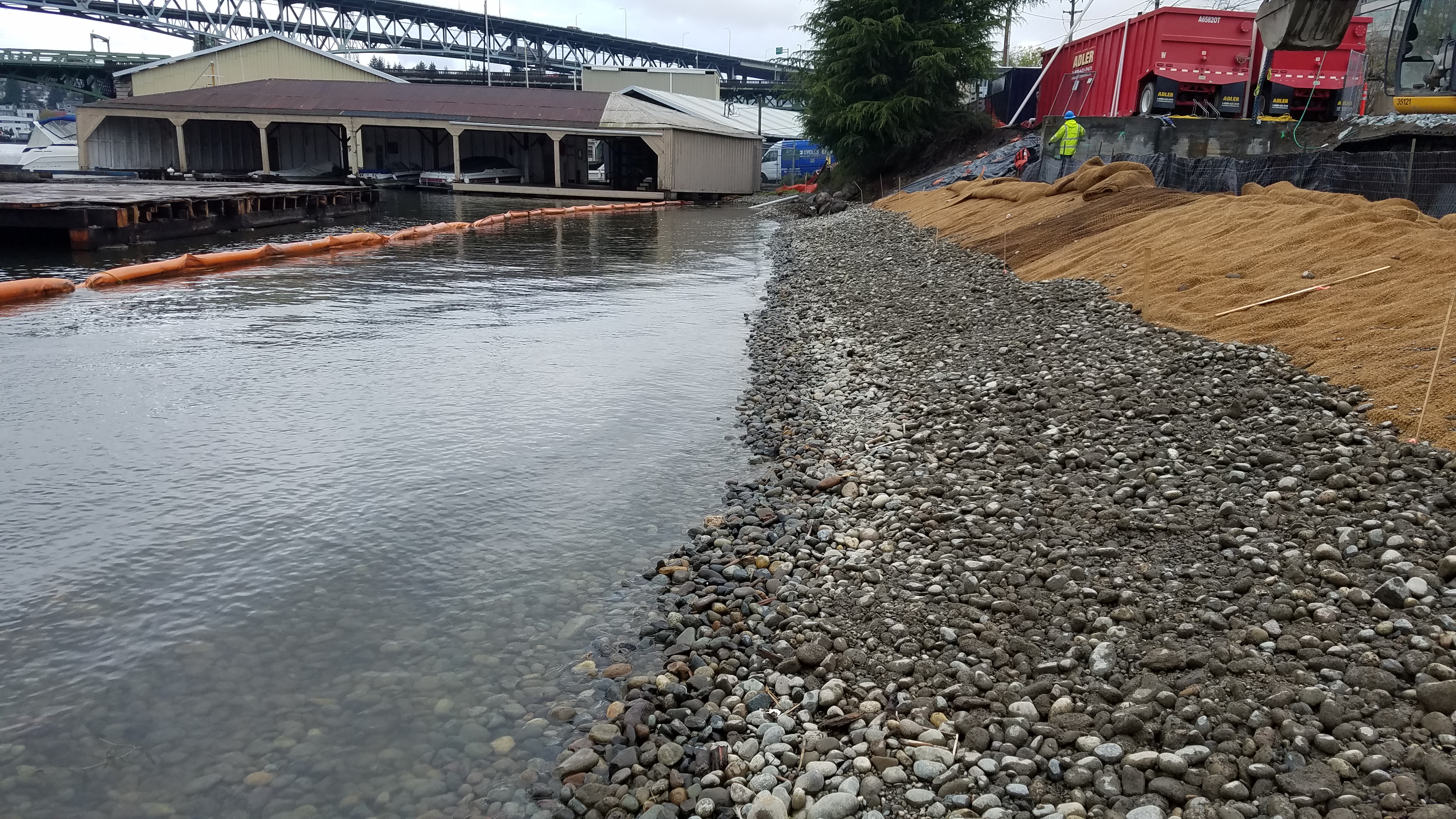
Fish mix beach aggregate placed along western shoreline of the park.

